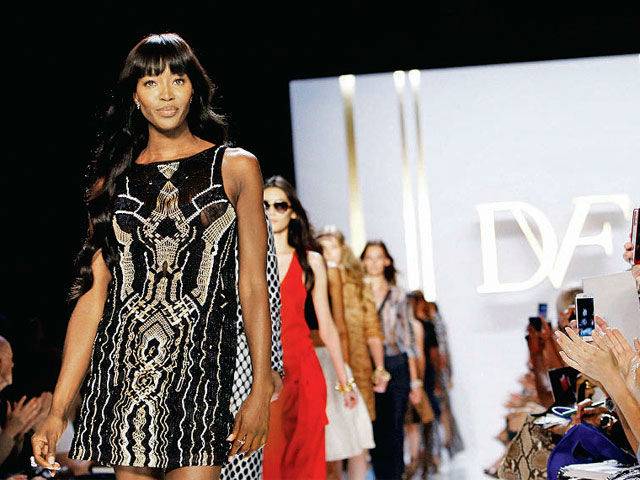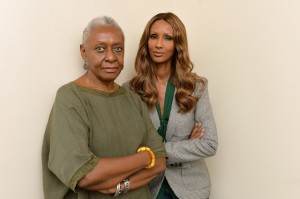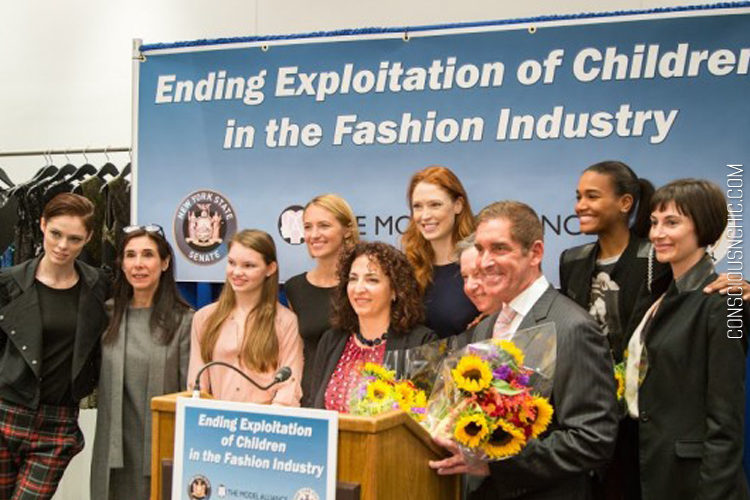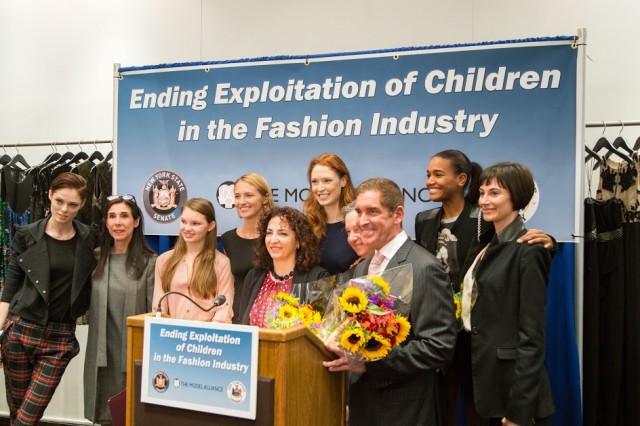Successful fashion industry activists also love fashion. The shared ideal of fashion insiders and activists is an industry that celebrates creativity and is beautiful inside and out not a desire to destroy fashion and leave us all wearing sensible shoes. Susan Scafidi, founder and academic director of the Fashion Law Institute at Fordham University
Whenever people ask me what I do and I tell them that I am the creator of Fashion With A Conscience, they look at me with sheer confusion on their faces. The thought of fashion and conscience having anything in common just doesn’t make sense to most people. If they’re able to accept the fact that I am in some ways an activist, they can’t get over the fact that I dress really well. As though being an activist meant wearing ill-fitting clothes made of itchy materials!
Fashionista.com published an article which will help you understand what it means to fight fashion’s many injustices while working in and loving the industry.
FASHIONISTA
Paul Cavazza, the owner of Create a Marker a Manhattan company that specializes in pattern grading and marking, a necessity for any fashion brand didn’t set out to be an activist. But in 2007, after the City of New York proposed some unfavorable rezoning of its Garment Center, where Cavazza and his manufacturing colleagues do business, he found himself launching a campaign to Save the Garment Center alongside friends and neighbors (including industry vets Samantha Cortez, Larry Geffner and Anthony Lilore). The initial goal was to help factories that were operating in the neighborhood stay put, but also to encourage more factories to open. Next thing we knew we got a little press from the Post, Cavazza says. They also got meetings with politicians. Major designers, including Rag & Bones Marcus Wainwright and Nanette Lepore, came on board.
Seven years later, Save the Garment Center is alive and well. At some point, Lepore took the helm, but Cavazza and his cohorts are still deeply dedicated to the cause. He’s most proud of the work they’ve done to promote Made in America products, and is thrilled about the CFDA and Andrew Rosen’s Fashion Manufacturing Initiative, which will provide grants to manufacturers so they can upgrade equipment and facilities to build more modern businesses. On the other hand, there is still more work to be done. Right now, Cavazza is concerned about the shortage of qualified employees. The younger generation is not coming out of high school saying, I want to work on a sewing machine, he says. It’s difficult to find the labor, and we have to tackle that. But I’m not 100 percent sure how.

Indeed, the work of an activist is never really done. And the modern-day fashion industry has quite a few of these groups, each with its own mission. There’s Save the Garment Center. The Model Alliance. The Diversity Coalition. And in the UK, the Advertising Standards Authority, which bans over-Photoshopped and misleading ads. It surely helps that the fashion industry is filled with social injustices it means there is more to fight for. But why now?
For one, there are more ways to get your message out there. Just think: In the four months since activist and Diversity Coalition founder Bethann Hardison wrote an open letter calling out Fashion Week organizers for the lack of diversity on the runways, she has been featured on Fashionista more than a dozen times. Last week, Hardison told Modelinia that, after an improvement in diversity in the spring shows and also in spring campaigns, she was optimistic about fall. The spring/summer shows often have more models of color, so the real challenge will be getting the fall/winter shows to reflect our global diversity, she said. That would be my dream come true. I just want to see the design houses keeping up the momentum and continuing to improve with each season.

It also helps that many of the industry’s leaders are on board with these efforts. Hardison has worked with Iman and Naomi Campbell to help bring the diversity issue to light. Sara Ziff, founder of the Model Alliance, has formed strategic relationships with global personalities, who have helped her spread the word about the fair treatment of models. Our most notable success thus far has been the enactment of our Child Model Law in November 2013. Until then, fashion models under 18 were not covered by labor law in New York, which is remarkable considering that New York is the hub of the modeling industry, Ziff says. Now, thanks in no small part to Model Alliance board member Coco Rocha, who used her influence to help champion this effort, children working in our business have the same rights as other child performers working in New York provisions for chaperones, trust accounts, rest and meal breaks, and educational requirements.
Of course, with every cause comes struggle. Save the Garment Center, the Diversity Coalition and the Model Alliance might be considered a success today, but it took plenty of grit to get those initiatives going. Honestly, I think many people didn’t take us very seriously [when we first started out], Ziff says. In a way, being underestimated has worked to our advantage because we’ve been able to make tremendous progress with little opposition. When we introduced the Child Model Law, most people were supportive and applauded our efforts, but there was some grumbling and standoffishness, even from people in the industry who present themselves as being caring and progressive. As in any industry, there are bound to be growing pains.
Stay Conscious & Chic!




